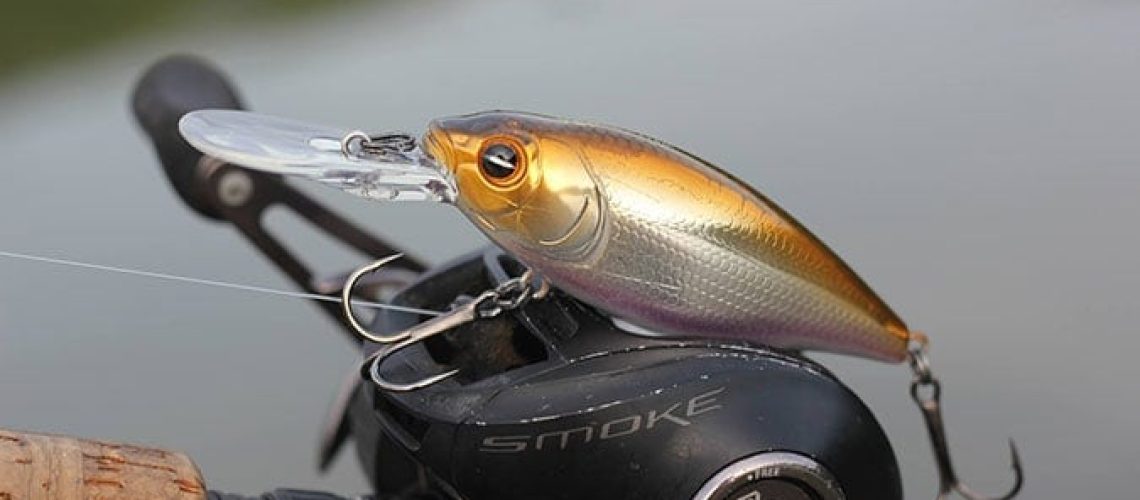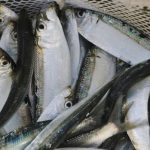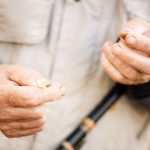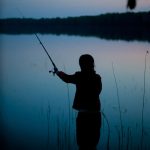Crank baits have become some of the most lifelike lures available to bass fisherman, and their shape and color has turned them into a favorite meal for bass. Whether you choose a bluegill or a crawfish crank bait, bass will hunt crank baits for all of the four seasons. Early spring is one of the best times to cast with crank baits. During this season, one of the top places to focus your casts is in the areas where new grass has started to sprout up.
Reeling in Your Crank Bait
During the cast, one of the more popular methods of retrieval is known as the stop-and-go retrieval. You move the bait along at a fast clip, and if the crank bait snags in grass, you will gently let it float out of the weeds. Often, bass like to spawn near the ridges, and they swim out of the pockets near them. You have to vary your retrieval based on what stirs up their interest. On some days, the fish will love a ripping fast crank bait, and other days, they will respond better to the crank bait slogging through the grass slowly. From the moment you hit the water, you should pay close attention to how they will strike your bait. Bass can be unpredictable, so it helps to understand their behaviors and preferences.
A photo posted by John K (@mastercraftfishing) on
Where to Find the Springtime Bass
Throughout the early spring season, the fish will begin to swim into the shallower water to eliminate the chill from winter. During the spring season, you will often hear about bass making use of the wood cover from docks. In some cases, you will find multiple bass waiting under a single dock. In most cases, bass will respond to a crank bait. Some fishermen feel distraught and angry when they spot a springtime bass that they cannot lure into attacking their bait. However, if you ask Brandon Palaniuk, a well-known bass fisherman, he gets psyched up for these types because over the spring months, bass act in a neutral state. When they chase after a crank bait, they will crush the crank bait and put up an exciting fight. Small crank baits, in particular, are an excellent choice during spring.
The depth of your fishing ground
Palaniuk will often study his Navionics map to decide on where the tightest contour lines exist towards a shallower bank. Once he has found this drop-off point, he lays down the trolling motor and casts out his line. He does this because pre-spawn bass love that wood cover that sits closer to deeper water. During the spring season, warm waters become the ticket to survival, and wood absorbs a lot of heat that bass can use to sun themselves. It does not have to be near the shoreline either. As long as you have deep water nearby, you will find fatter bass.
Yellow Bird Products
1803 Holian Drive
Spring Grove, IL 60081
815-469-9686





